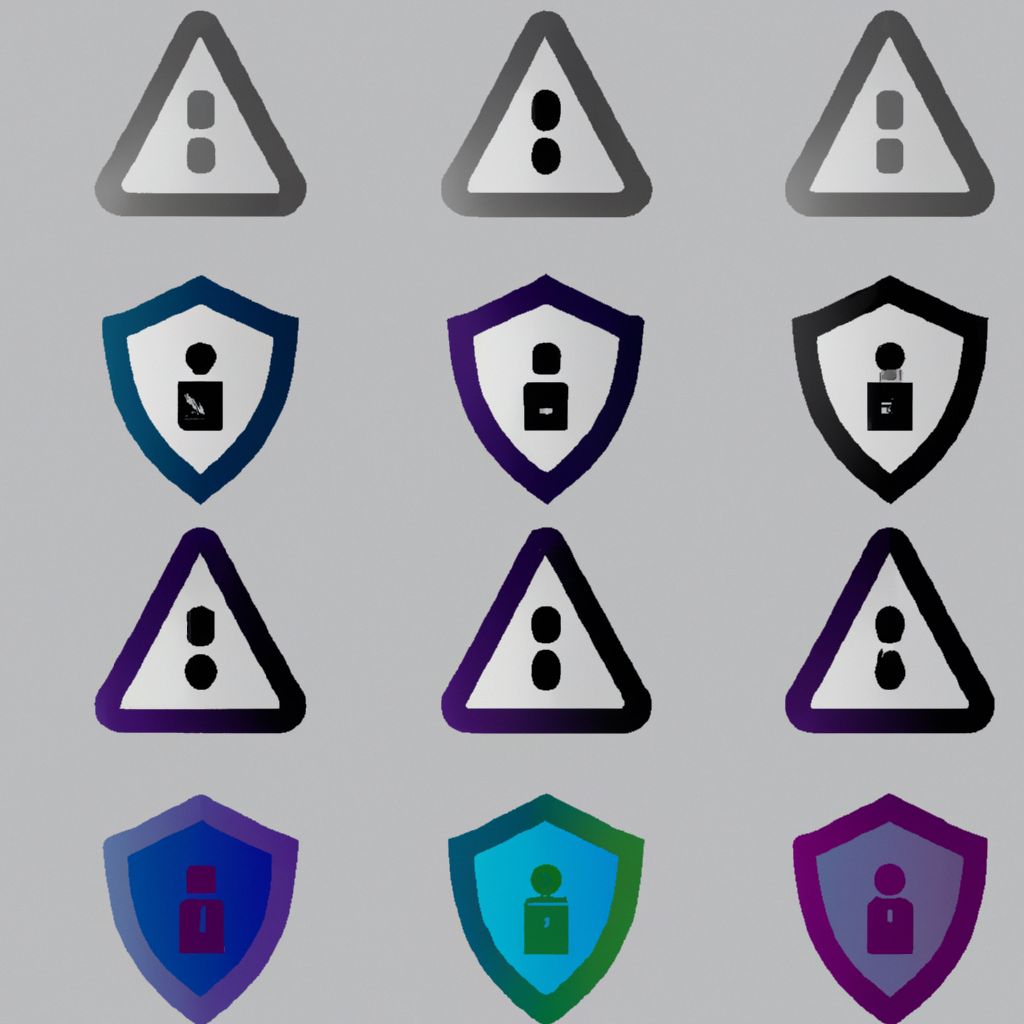Introduction: The Cyber Security Toolkit
Cyber security is a broad discipline encompassing a wide array of strategies, technologies, and practices designed to protect computer systems, networks, applications, and data from unauthorized access, attack, damage, or theft. Effectively defending against the diverse and evolving threat landscape requires employing a combination of different cyber security techniques. These techniques form the toolkit used by professionals to build resilient systems and respond to incidents. This post explores some of the fundamental techniques essential for modern digital defense.
1. Access Control: The Gatekeeper
- What it is: The selective restriction of access to resources. It ensures that users are who they claim to be (authentication) and that they have permission only to access the resources necessary for their roles (authorization).
- Key Methods:
- Authentication: Passwords, Multi-Factor Authentication (MFA), biometrics, security tokens.
- Authorization: Role-Based Access Control (RBAC), Attribute-Based Access Control (ABAC), access control lists (ACLs).
- Principle of Least Privilege: Granting the minimum level of access required.
- Why it's crucial: Prevents unauthorized users from accessing sensitive data or systems, limiting the potential impact of compromised accounts.
2. Encryption: Protecting Data Confidentiality
- What it is: The process of converting data into a coded format (ciphertext) that can only be deciphered with a specific key.
- Key Methods:
- Encryption in Transit: Protecting data as it travels across networks (e.g., TLS/SSL for web traffic, VPNs for remote access).
- Encryption at Rest: Protecting data stored on devices, servers, or databases (e.g., full-disk encryption, database encryption).
- Symmetric vs. Asymmetric Encryption: Different cryptographic algorithms suited for various purposes.
- Why it's crucial: Ensures that even if data is intercepted or stolen, it remains unreadable and unusable without the correct decryption key, protecting confidentiality.
3. Firewalls: Network Traffic Control
- What it is: Network security devices that monitor and filter incoming and outgoing network traffic based on predetermined security rules.
- Key Methods:
- Packet Filtering: Basic filtering based on IP addresses and ports.
- Stateful Inspection: Tracks the state of active connections.
- Next-Generation Firewalls (NGFW): Include advanced features like deep packet inspection, application awareness, and integrated intrusion prevention.
- Why it's crucial: Acts as a barrier between trusted internal networks and untrusted external networks (like the internet), blocking malicious traffic and enforcing access policies.
4. Intrusion Detection and Prevention Systems (IDPS): Threat Identification
- What it is: Systems designed to detect and/or block malicious activity or policy violations on a network or host.
- Key Methods:
- Signature-Based Detection: Identifies known attack patterns.
- Anomaly-Based Detection: Identifies deviations from normal behavior.
- Intrusion Detection System (IDS): Monitors and alerts.
- Intrusion Prevention System (IPS): Actively blocks detected threats.
- Why it's crucial: Provides visibility into network or system activity, enabling the identification and mitigation of threats that may bypass firewalls.
5. Vulnerability Management: Finding and Fixing Weaknesses
- What it is: The ongoing process of identifying, assessing, prioritizing, remediating, and reporting on security vulnerabilities in systems and software.
- Key Methods:
- Vulnerability Scanning: Using automated tools to scan networks and systems for known weaknesses.
- Patch Management: Regularly applying updates and patches to fix vulnerabilities in operating systems and applications.
- Configuration Management: Ensuring systems are configured securely according to established baselines.
- Why it's crucial: Proactively reduces the attack surface by finding and fixing flaws before attackers can exploit them.
6. Penetration Testing (Pen Testing): Simulating Attacks
- What it is: An authorized simulated cyberattack on a computer system, performed to evaluate the security of the system.
- Key Methods:
- Black-box, White-box, Grey-box Testing: Different levels of knowledge provided to testers.
- External vs. Internal Testing: Simulating attacks from outside or inside the network perimeter.
- Web Application, Network, Cloud, Mobile Testing: Focusing on specific technology areas.
- Why it's crucial: Provides a realistic assessment of security controls by actively trying to bypass them, revealing exploitable vulnerabilities that automated scans might miss.
7. Security Awareness Training: Empowering Users
- What it is: Educating users about cyber threats and safe practices to minimize human error.
- Key Methods:
- Phishing Simulations: Testing users' ability to recognize malicious emails.
- Training Modules: Covering topics like password security, social engineering, safe browsing, and data handling.
- Regular Updates: Keeping users informed about new threats.
- Why it's crucial: Addresses the human element, often the target of attacks like phishing, turning users into an active part of the defense strategy (the "human firewall").
8. Incident Response: Managing Breaches
- What it is: An organized approach to addressing and managing the aftermath of a security breach or cyberattack.
- Key Methods:
- Preparation: Developing an incident response plan, assembling a team.
- Identification: Detecting and confirming an incident.
- Containment: Isolating affected systems to prevent further damage.
- Eradication: Removing the threat and addressing vulnerabilities.
- Recovery: Restoring systems to normal operation.
- Lessons Learned: Analyzing the incident to improve future defenses.
- Why it's crucial: Minimizes the damage, cost, and recovery time associated with security incidents by providing a structured way to handle them effectively.
Conclusion: A Layered and Adaptive Approach
Effective cyber security relies on implementing a diverse set of techniques in a layered defense strategy (defense-in-depth). No single technique is sufficient on its own. By combining technical controls like encryption and firewalls with proactive measures like vulnerability management and penetration testing, and empowering users through security awareness, organizations can build a significantly more resilient posture against cyber threats. Furthermore, the threat landscape is constantly changing, so these techniques must be continuously reviewed, updated, and adapted.
Disclaimer: This post represents the view of the individual author that wrote it and not necessarily the view of Rarefied Inc.
Looking for professional security testing?
Based on your interest in this topic, you might benefit from our specialized security services:
